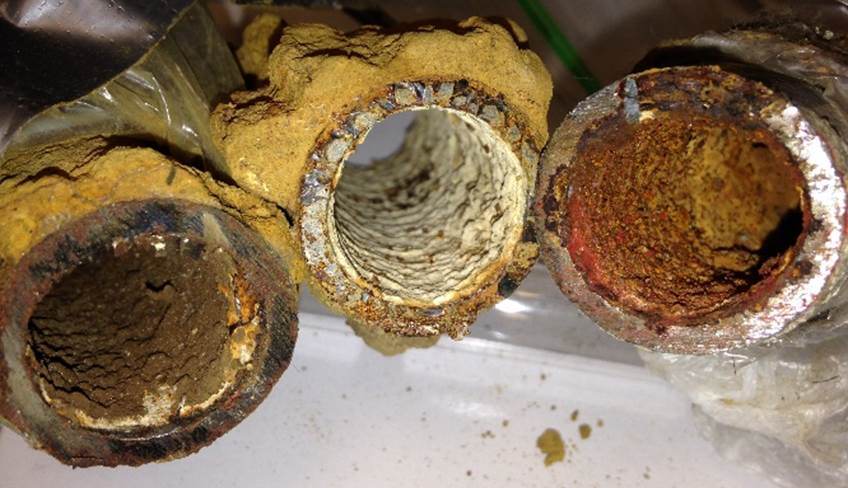Flint in Crisis; How West Bloomfield Students are Helping a City in Distress
The crisis facing the city of Flint, Michigan is one of the largest disasters our nation has faced in recent months. Conditions that had gone unaddressed proved to have devastating (and occasionally fatal) consequences for city residents. The crisis began in March of 2013 when the Flint city council voted on a 7-1 decision to stop buying expensive Detroit water and instead become part of the less-expensive Karegnondi Water Authority (KWA). This would mean that, instead of pumping water all the way from Detroit’s supply, Flint could access water from the closer-by Lake Huron, a move that was supposed to save the city $19 million over a period of eight years. Emergency manager, Ed Kurtz, signed the agreement on April 16th, 2013. There was just one catch; the KWA wasn’t supposed to be completed for roughly 3 years.
The day after joining the KWA, Detroit officials notified Flint that they would not sell Flint water after April 2014. This threw the city into crisis. Residents and officials were forced to choose between a tight budget and the prospect of no water. Pushed into a corner, the city invested 4 million dollars into the development of its own water plant. In March 2014 the Flint River was declared as the new source of water for Flint sparking controversy over the river’s reputation for being polluted and unclean.
Despite allegations and suspicions that the river water may have been unfit for human consumption even after it had been processed in the plant, Mayor Dayne Walling turned off the Detroit water feed on April 25th, 2014. This date would mark the beginnings of today’s infamous water crisis.
In the months that ensued, numerous incidents hinted at the possibility of a larger disaster. Shortly after the activation of the river water pipelines, Flint’s residents voiced complaints about foul tasting and smelling water. Roughly four months later, dangerous bacteria was found in certain regions of the city. In October of 2014, the General Motors plant said they would stop using Flint river water due to the fear that it would cause corrosion of metal.

Finally, on January 2nd, 2015, the city mailed out a notice to residents informing them that the water was in violation of the Safe Drinking Water Act. Less than a week after this warning was issued, the city was offered a cheap deal to get back on the Detroit water supply. The city declined this offer despite the fears that it would continue providing unsafe water to residents. In the following months, countless ups and downs plagued city officials and residents as the debate over whether the water was safe erupted into a controversial, statewide issue. Numerous lawsuits ensued. Reaching a boiling point on September 24th, 2015, Hurley Medical Center released data showing that infants were showing increased levels of lead in their blood, sourced from the Flint River water. On October 1st, the situation was officially elevated to a public health emergency. Plans proposed by Governor Rick Snyder now include a $12 million dollar plan to switch back to Detroit water although that plan has not yet been implemented, leaving residents sick, weak, and vulnerable.
Thankfully, there are nationwide relief efforts in the works. Everyone from non-profits to individuals have found a cause to rally around in Flint. The Detroit Pistons themselves have pledged roughly 500,000 dollars towards the cause and numerous water drives are taking place across the country. Students from West Bloomfield High School’s African American Awareness Club have banded together in an effort to collect water for the struggling city. AAA conducted a drive for water hosted right here at WBHS and ultimately succeeded, collecting 150+ cases of water that will benefit families in need.
Your donation will support the student journalists of West Bloomfield High School. Your contribution will allow us to purchase equipment and cover our annual website hosting costs.

Neil Haran is currently a senior at WBHS. This is his third year writing for Spectrum. His areas of interest include politics, social justice, and the...











